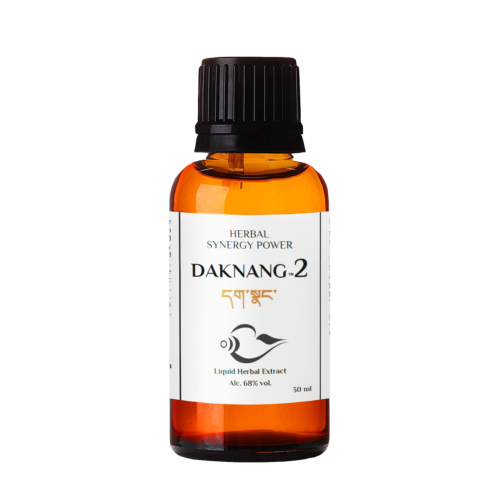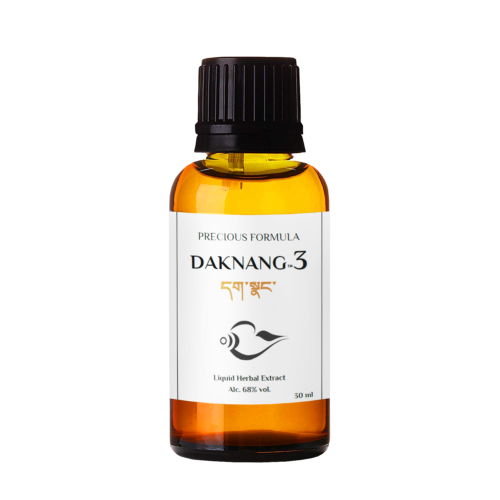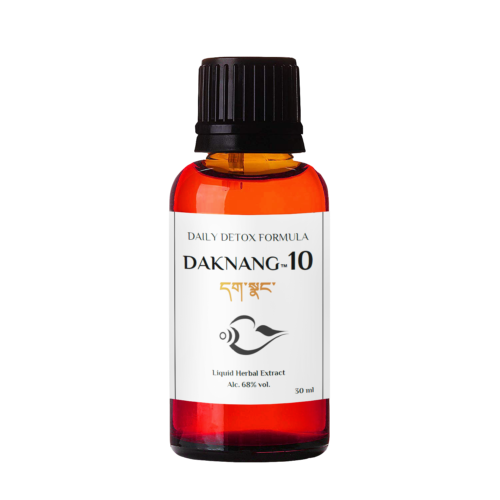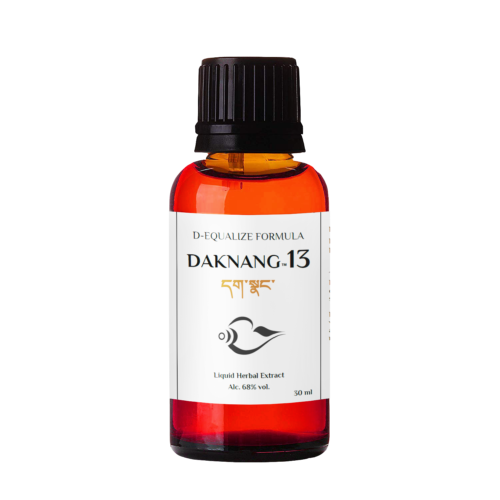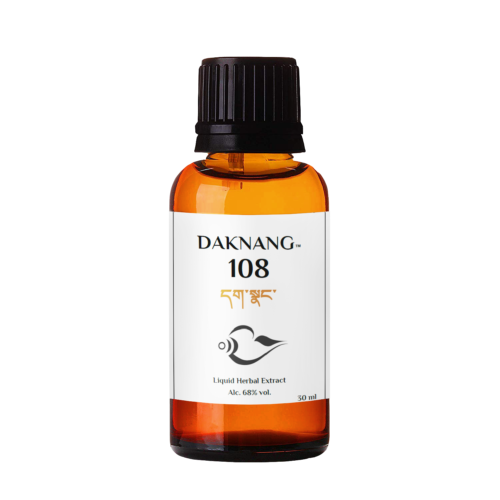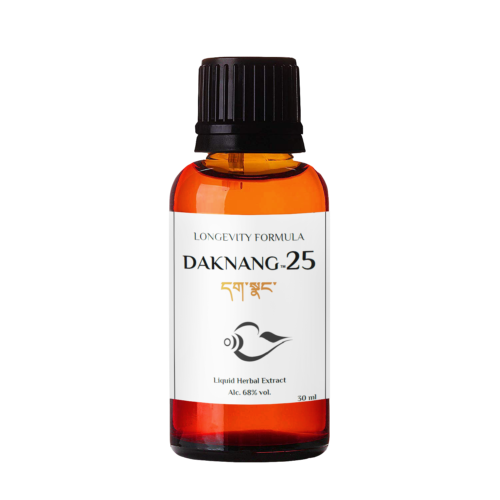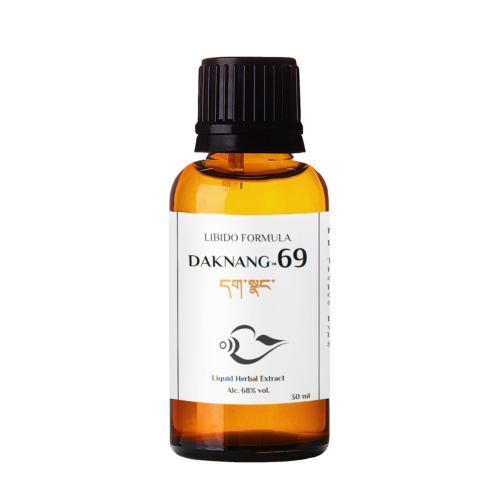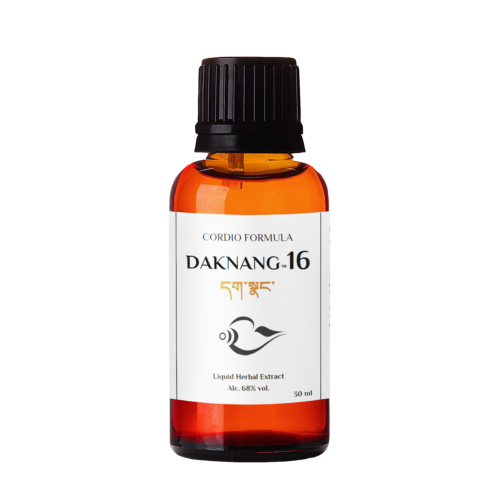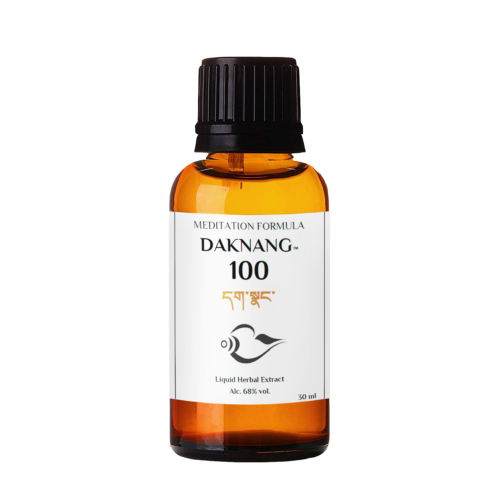Myrobalan has a well-documented history of use in traditional medicines to treat disease.
Treatments that have not been evaluated in modern phytotherapy but have been traditionally treated with chebula include fever, and psychological and psychiatric issues.
Myrobalan strengthens memory retention and brain activity. It is reported useful for confusion, headache, melancholy, depression, obsession, amnesia, facial paralysis, misanthropy, dizziness, and insomnia.
In nature
Raw material
Fruit without seed
Rejuvenation action:
- Balances all elements (Wind, Bile and Phlegm)
- Brings mind to peace
- Restores physical strength
- Strengthens eyesight
- Supports heart and balances blood pressure
Gastrointestinal system:
- Restores digestive heat
- Balances appetite
- Relieves meteorism and abdominal distension
- Clears hoarseness and relieves thirst
- Heals mouth and throat ulcers
- Stops diarrhea caused by both cold and heat
- Relieves hemorrhoids
- Balances blood sugar levels
Immune system and detoxification:
- Detoxifies body
- Clears parasites
- Purifies blood
- Pazemina holesterīna līmeni
- Relieves itching
- Expels cough
- Supports lungs
Urinary system:
- Supports kidneys
- Helps to expel water from the body
- Destroys and expels urinary bladder stones
Specific actions:
- Destroys neoplasms
- Used for gout treatment
- Anti-allergic activity – exhibits antihistamine and antispasmodic activities
- Anti-fungal activity – active against common dermatophytes which are known causative agents of tinea; as well as against Candida albicans
- Anti-bacterial activity – active against Shigella sp., Proteus sp. (commonly responsible for urinary tract infections), Klebsialla pneumonia, Pseudomonas aeruginosa, Salmonella sp., MRSA, Staphylococcus aureus, E. coli, H. pylori
- Anti-viral activity – active against cytomegalovirus, herpes simplex virus type 1, HIV-1
- Cardiovascular effects – increase cardiac output and have positive inotropic effect
- Gastrointestinal activity – increase GI motility
- Wound healing activity – cutaneous wounds and ulcers, including diabetic foot ulcer; gastrointestinal ulcers
- Anti-hyperlipidemic activity – reduce cholesterol, triglyceride, atherosclerotic lesions
- Antioxidant activity – exhibit protective activity agains lipid peroxidation, superoxide radical formation and free radical scavenging activities
- Anti-mutagenic activity
- Anti-aging activity – inhibit oxidative stress and age-dependent shortening of telemetric DNA length; has cytoprotective effect
- WHO monograph Fructus Chebulae
- Terminalia Chebula – Review on Pharmacological and Biochemical Studies
- Pharmacological Review on Terminalia Chebula
- The development of Terminalia chebula Retz. (Combretaceae) in clinical research
- The morphology, extractions, chemical constituents and uses of Terminalia chebula: A review
Daknang 2 • Herbal Synergy Power
No: €19.00
• Mierīgs prāts • Laba cirkulācija • Normāls asinsspiediens
Daknang 3 • Precious Formula
No: €19.00
• Aizsardzība pret saaukstēšanos un gripu • Alerģiju novēršana
Daknang 10 • Daily Detox Formula
No: €19.00
• Visu organisma sistēmu attīrīšana • Veselīga gremošana • Enerģijas atjaunošana & līdzsvars
Daknang 13 • D-Equalize Formula
No: €19.00
• Pretdiabēta līdzeklis • Pret iekaisumiem • Antioksidants • Nieru atbalsts
Daknang 108 • BALANCE
No: €19.00
• Atjauno miegu • Uzlabo garastāvokli • Kontrolē svaru • Paaugstina enerģiju
Daknang 25 • WOMEN’S SHINE
No: €19.00
• Dzīves enerģija • Pret novecošanu • Auglība • Seksualitāte • Ādas veselība
Daknang 69 • MEN’S POWER
No: €19.00
• Seksuālā veselība un izturība • Prostatas veselība • Enerģijas atjaunošana • Vitalitāte
Daknang 16 • Cordio Formula
No: €19.00
• Sirds un aknas • Asins attīrīšana • Sievietes veselība • Mirdzoša āda • Antioksidants
Daknang 100 • Meditation Formula
No: €19.00
• Miers & relaksēts prāts • Ilgmūžība • Skaidrība • Dziļa meditācija

